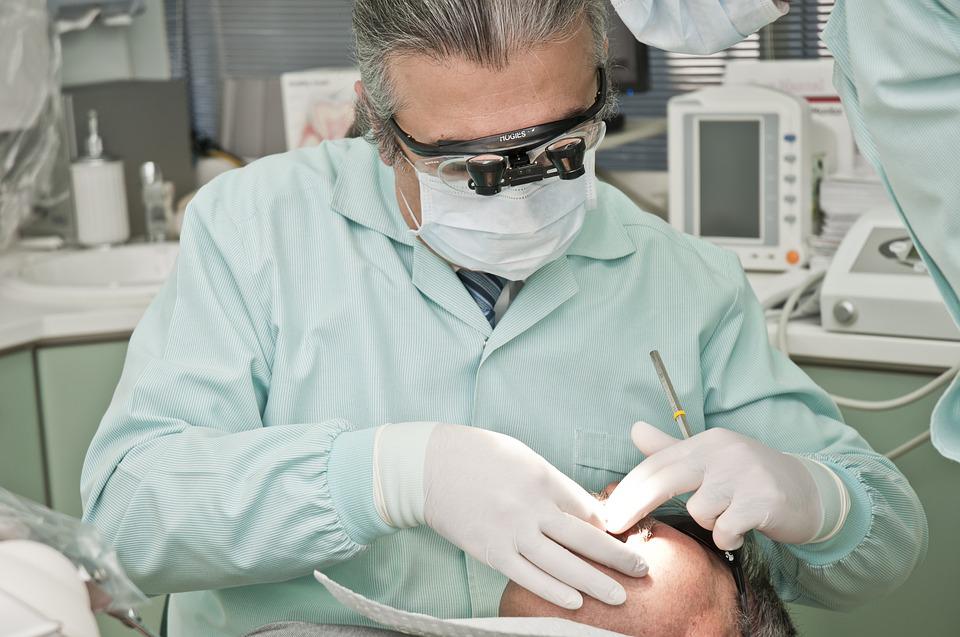Orthognathic surgery, also known as corrective jaw surgery, is a specialized procedure designed to address various conditions related to the misalignment of the jaw and facial structures. This surgical intervention aims to enhance both functional and aesthetic aspects, providing patients with improved oral health, facial harmony, and overall well-being. In this article, we will explore the diverse conditions that orthognathic surgery can treat and delve into the long-term benefits that patients can experience.
Conditions Treated by Orthognathic Surgery
Malocclusion
Orthognathic surgery is often employed to correct malocclusion, a condition where the upper and lower teeth do not align properly. Malocclusion can result in difficulties with chewing, speaking, and maintaining proper oral hygiene. By adjusting the position of the jaws through surgery, orthognathic procedures can effectively address malocclusion, improving the overall functionality of the oral cavity.
Overbite and Underbite
An overbite occurs when the upper teeth excessively overlap the lower teeth, while an underbite is characterized by the lower teeth protruding beyond the upper teeth. Both conditions can lead to issues with speech, jaw pain, and uneven wear on the teeth. Orthognathic surgery can correct these bite discrepancies, restoring a balanced and harmonious relationship between the upper and lower jaws.
Facial Asymmetry
Facial asymmetry can result from uneven growth or development of the facial bones. Orthognathic surgery can address these imbalances, bringing symmetry to the face and enhancing the patient’s facial aesthetics. This correction not only contributes to an improved appearance but also helps boost self-esteem and confidence.
Temporomandibular Joint (TMJ) Disorders
Disorders of the temporomandibular joint can lead to chronic jaw pain, headaches, and difficulty in opening or closing the mouth. In cases where conservative treatments prove ineffective, orthognathic surgery may be recommended to reposition the jaw, alleviating stress on the TMJ and providing long-term relief from associated symptoms.
Sleep Apnea
Severe cases of obstructive sleep apnea, a condition where breathing is repeatedly interrupted during sleep, can benefit from orthognathic surgery. By repositioning the upper and lower jaws to widen the airway, surgery helps mitigate breathing obstructions, reducing the severity of sleep apnea symptoms and improving overall sleep quality.
Long-Term Benefits of Orthognathic Surgery
Enhanced Facial Aesthetics
One of the significant long-term benefits of orthognathic surgery is the improvement in facial aesthetics. By correcting jaw misalignments and asymmetries, patients experience a more balanced and harmonious facial appearance, positively impacting their self-image and confidence.
Improved Oral Functionality
Orthognathic surgery plays a pivotal role in enhancing oral functionality. Patients often report improved chewing, speech, and overall jaw function post-surgery. This not only contributes to better oral health but also facilitates a more comfortable and efficient use of the jaw.
Pain Reduction and TMJ Relief
For individuals suffering from chronic jaw pain and TMJ disorders, orthognathic surgery can provide lasting relief. By repositioning the jaw and reducing stress on the temporomandibular joint, the surgery addresses the root cause of pain, leading to long-term comfort and improved quality of life.
Prevention of Dental Issues
Orthognathic surgery helps prevent and alleviate dental problems associated with bite misalignments, such as uneven tooth wear and increased susceptibility to cavities. By correcting these issues, the surgery promotes long-term dental health and reduces the risk of future complications.
Enhanced Breathing and Sleep Quality
Patients with sleep apnea who undergo orthognathic surgery often experience a significant improvement in breathing and sleep quality. Repositioning the jaws to widen the airway helps mitigate breathing obstructions, leading to better sleep patterns and an overall improvement in respiratory function.
Conclusion
Orthognathic surgery is a specialized and effective treatment option for a range of conditions related to jaw misalignments and facial irregularities. Beyond the immediate corrections, the long-term benefits of enhanced facial aesthetics, improved oral functionality, pain reduction, prevention of dental issues, and enhanced breathing contribute to the overall well-being of individuals who undergo these transformative procedures. As with any surgical intervention, consultation with qualified healthcare professionals is crucial to determine the appropriateness of orthognathic surgery based on individual circumstances.

